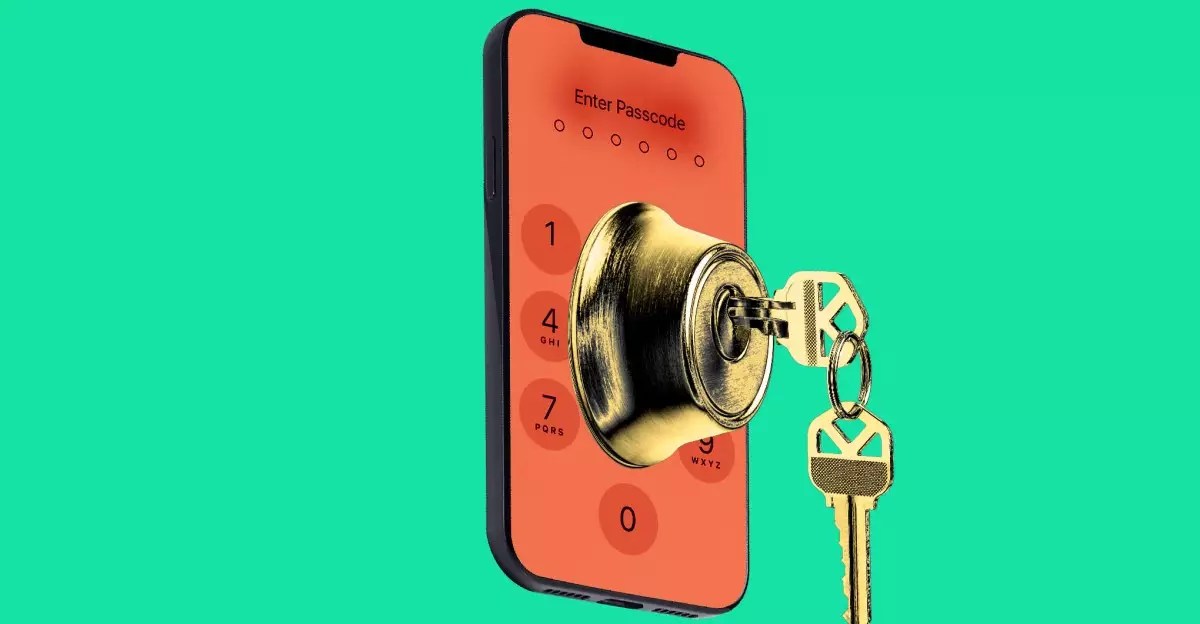In an era where digital threats are evolving at a startling pace, consumers need robust security measures that go beyond traditional protections. AT&T’s introduction of the Account Lock feature reflects a proactive stance towards empowering users and safeguarding their personal information. This innovation isn’t just a minor upgrade; it signifies a decisive step toward putting control firmly into the hands of the account holder, recognizing that every individual deserves to feel confident in their mobile security. By allowing users to lock their accounts against unauthorized modifications, the carrier demonstrates an understanding that privacy isn’t optional—it is fundamental.
The significance of this functionality is magnified by the increasing sophistication of cybercriminal tactics, especially SIM swapping. Attackers no longer rely solely on brute force but now leverage social engineering and psychological manipulation to access sensitive telecommunications information. AT&T’s feature addresses this vulnerability directly, providing a simple yet powerful way for consumers to arm themselves against these tactics. It assigns authority back to legitimate users, making unauthorized account changes—be it phone number transfers or SIM swaps—much more difficult for malicious actors.
Practicality and User-Friendly Design Promote Widespread Adoption
One of the most commendable aspects of AT&T’s solution is its straightforward implementation through the myAT&T app. Users can activate or deactivate the Account Lock feature with ease, adjusting their security posture in real time. This simplicity is critical; complex security procedures usually deter ordinary users from effective implementation. By streamlining the process, AT&T ensures that enhanced security measures are accessible rather than burdensome, thus likely increasing adoption rates among its vast customer base.
Furthermore, the system’s transparency in notifying users of account changes fosters trust. Both primary account holders and secondary authorized users receive timely alerts through email and text, respectively. Such communication not only alerts users to potential suspicious activity but also serves as a deterrent to attackers, who understand that their moves will be promptly flagged. This multi-layered notification approach underscores the importance of constant vigilance in today’s interconnected world.
Setting a New Standard in the Industry
AT&T’s move is not isolated; it’s a reflection of an industry shifting toward more security-conscious models. Major competitors like Verizon, T-Mobile, and Google Fi have already implemented similar features, signaling that protecting customer accounts is no longer optional but a competitive necessity. AT&T’s decision to enhance its security framework at this juncture demonstrates leadership and a commitment to consumer safety over mere compliance.
However, the broader question remains: Will these measures be enough? As cybercriminal strategies become more elaborate, carriers must continuously innovate. AT&T’s Account Lock lays a solid foundation, but the true test will be its resilience against future threats. Users, too, should view this as part of a holistic approach—combining account-level protections with personal vigilance and awareness of social engineering tactics.
In the end, AT&T’s initiative validates the notion that security should be intuitive, responsive, and user-centric. When consumers are empowered to control their digital lives actively, the stakes for hackers diminish significantly. This feature is more than a technical addition; it’s a declaration that the industry can and should prioritize consumer safety without sacrificing convenience or usability.


Leave a Reply